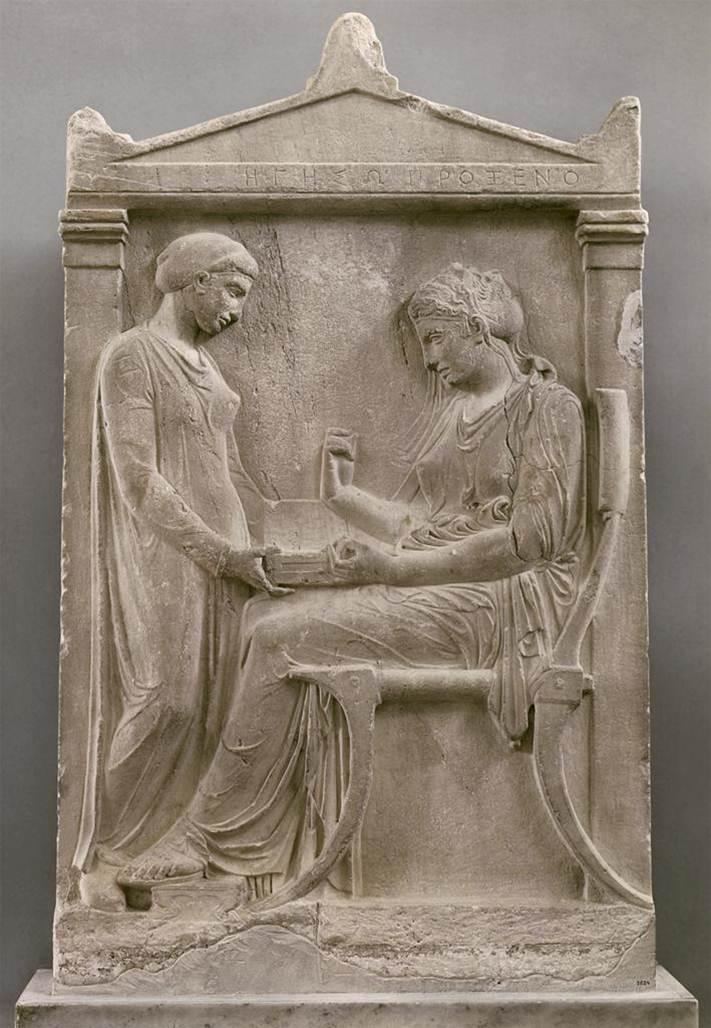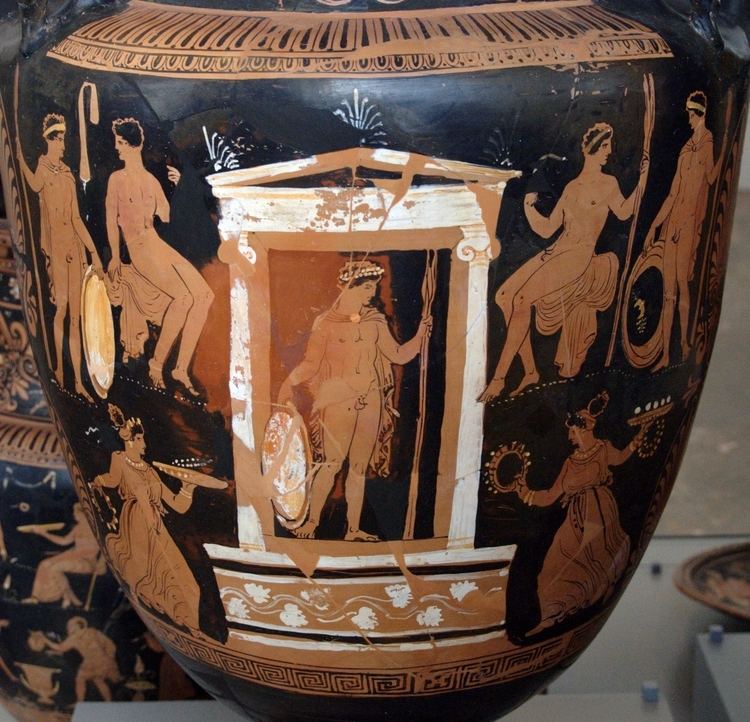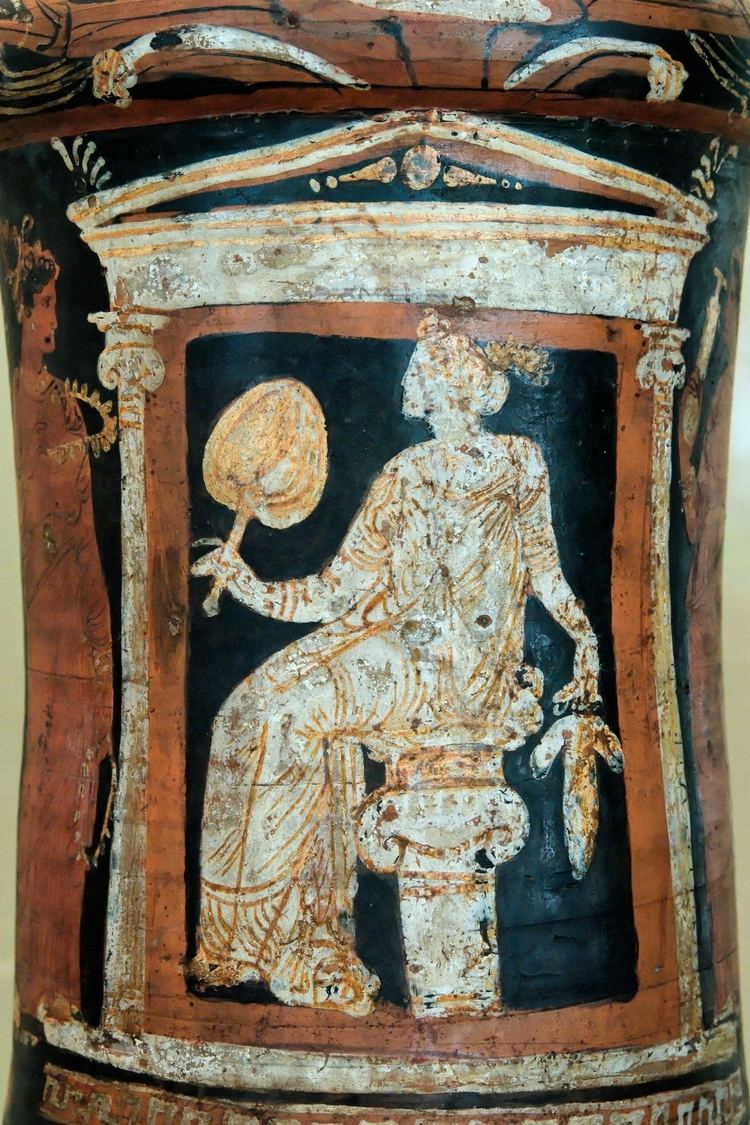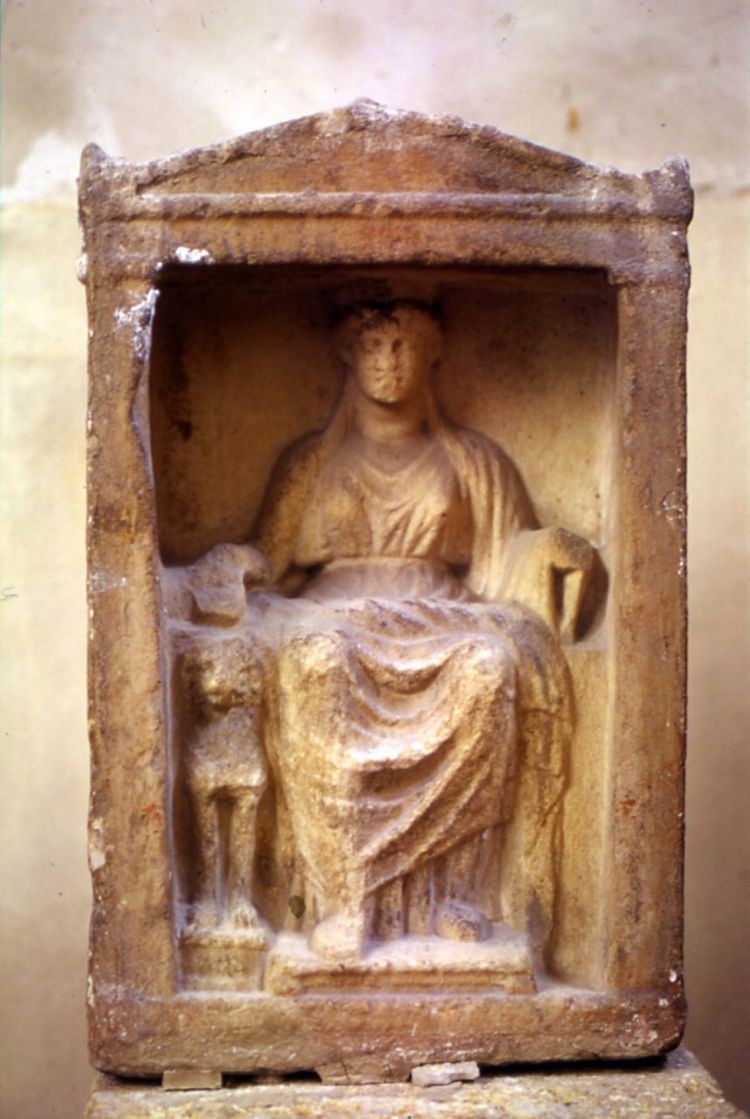 | ||
Similar | ||
Randomness kurlan naiskos
The naiskos (pl.: naiskoi; Greek: ναΐσκος, diminutive of ναός "temple") is a small temple in classical order with columns or pillars and pediment. Often applied as an artificial motif, it is not rare in ancient art. It also found in classical architecture, particularly in the funeral architecture of the ancient Attic Cemeteries as grave reliefs or shrines with statues like the example of Kerameikos in Athens and in the black-figured and red-figured pottery of Ancient Greece at the Loutrophoros and the Lekythos. Although such naiskoi often draw portraits of men who died, they lack columns and are properly "grave stelae" in English-language scholarship. There also exist naiskos-type figurines or other types of temples formed in terracotta; examples abound at the Louvre Museum in Paris. The naiskos everywhere has a religious background, relating especially to Greek funerary cult. A similar style, called the Aedicula, is observed in Roman art.
Contents
- Randomness kurlan naiskos
- Picard cares so much for the kurlan naiskos
- Funerary Stele of a Woman
- Historical Context
- References
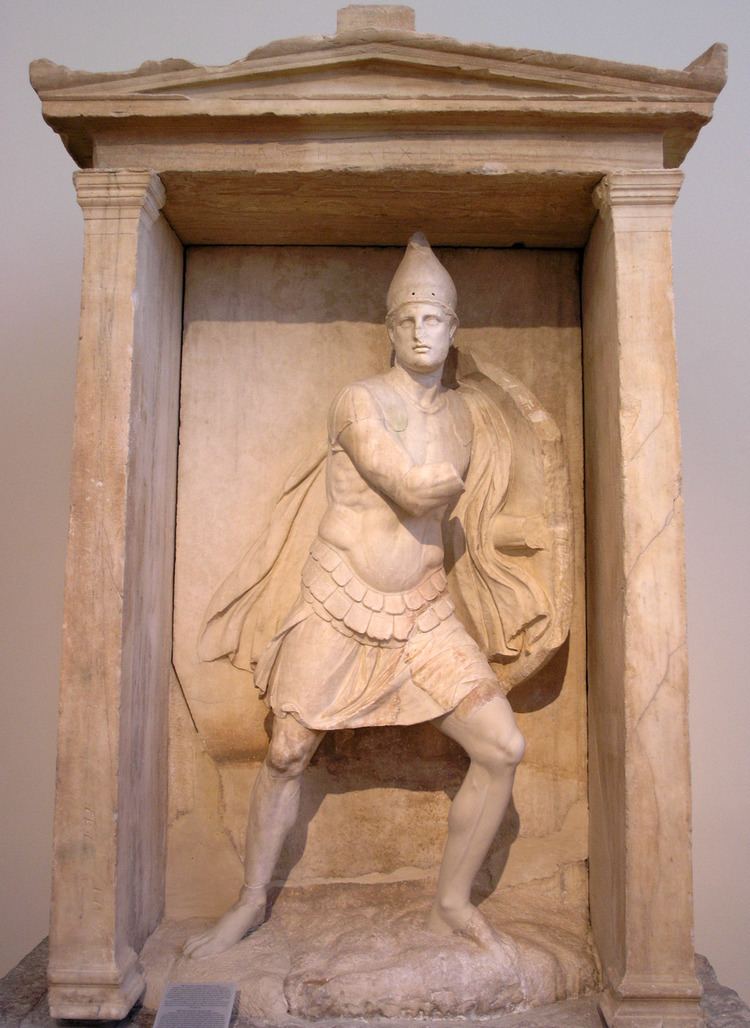
Picard cares so much for the kurlan naiskos
Funerary Stele of a Woman
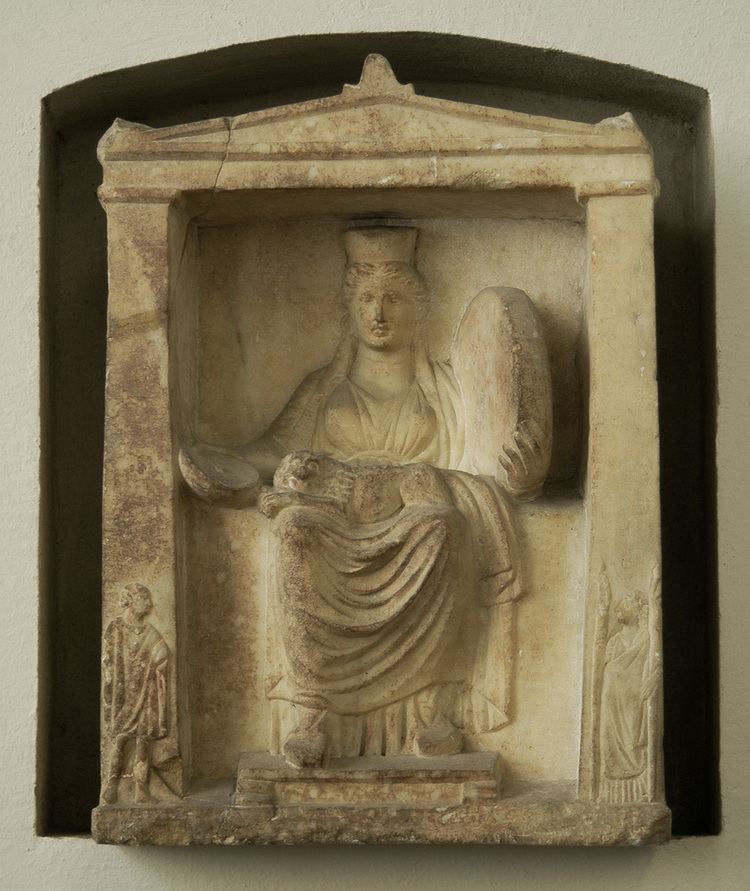
The Funerary Stele of a Woman is in the form of a naiskos. It is a funerary sculpture made from Pentelic marble and dates back to approximately 325 – 320 BCE. Originating from Attica, a region in southern Greece, as many naiskoi, the artist is unknown. The stele was acquired by the Ernest Brummer Collection and Brummer Gallery in New York in 1923; auctioned to Galerie Koller, an auction house in Switzerland in 1979; and purchased by the Museum of Fine Arts (MFA) in Boston in 1979, where the monument currently resides.
It features a seated young woman on the right of the stele. Next to her is another woman, who is presumed to be a maidservant based on her clothing, standing with a large jewelry box. Both of these women are sculpted in high relief, but between them in a lower relief are remnants of a third standing figure. Only the two female figures has been well preserved. A large portion in the middle is missing.
Historical Context
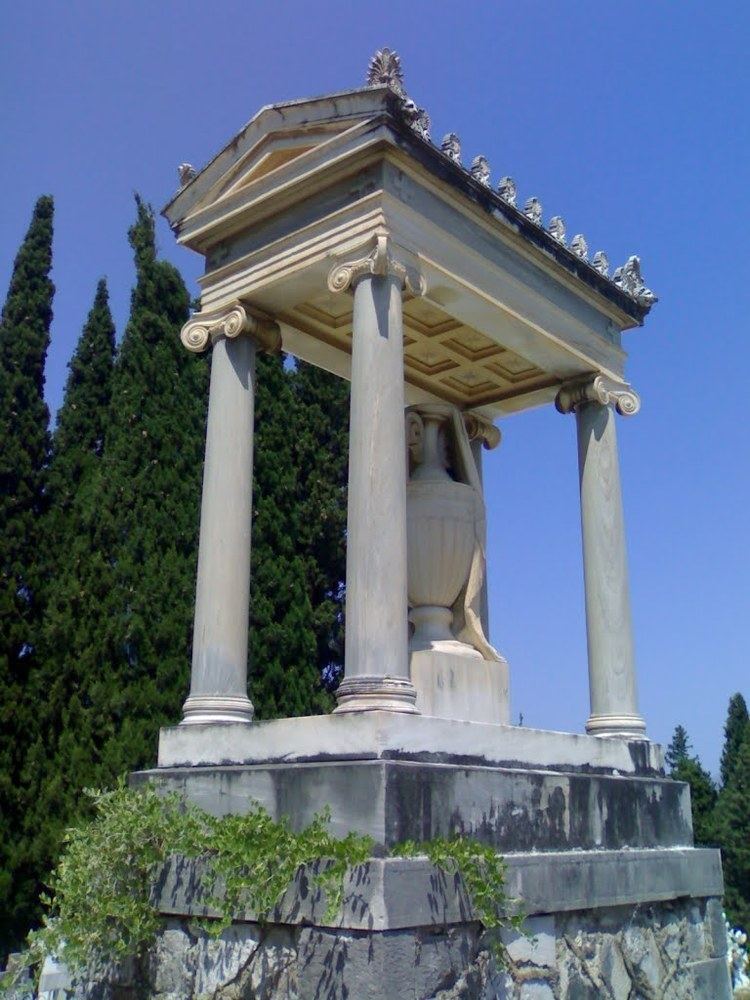
The stele functioned as a funerary monument during the Late Classical period of the 4th century. Funerary reliefs were produced in large quantities and typically featured reoccurring images of the maid-and-mistress motif. The Funerary Stele of a Woman is no exception to this tendency, and is comparable to earlier works of the Grave Stele of Hegeso and the Achilles Painter's Attic white-ground oil flask of Mistress and Maid: a seated woman receives a wreath from a standing servant girl.
